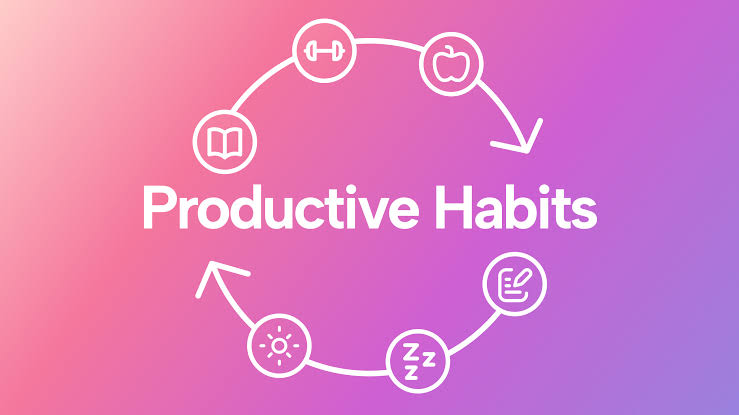Read this to understand valuable content

Let’s clear the air: when we say your content should be valuable, we don’t mean it should be stiff, mechanical, or humorless. Valuable content isn’t about sounding like a robot with a PhD in Seriousness—it’s about connecting, helping, and communicating in a way your audience understands and appreciates.
In trying so hard to look valuable, many of us end up sounding like we’re writing exam answers. And guess what? That’s where we miss it. Your content should feel human. You’ve probably heard that you should write how you speak—and that advice still holds water. Picture yourself explaining the topic to a group of friends or speaking at a gathering. That tone? That flow? That’s what your writing should carry.
Here’s what we really mean when we say your content should be valuable:
---
1. It Should Resonate with Your Target Audience
Not everyone is your audience—and that’s okay. Valuable content speaks directly to your people. These are the folks who need your message the most. So stop trying to speak to the whole world. Narrow your focus and connect deeply with the few that matter to your purpose.
Ask yourself: Does this content reflect their pain points, experiences, or desires? If yes, then you’re on the right track.
---
2. It Should Make Your Audience Better in Some Way
Your content should leave your readers better than it met them. Whether it inspires them, teaches something new, changes their perspective, or simply makes their day a bit easier—it should have an impact.
Big or small, value is value. Sometimes, the tiniest tip (like saving drafts before posting long captions on Facebook) can be life-changing for someone.
---
3. It Should Be Clear, Not Serious
Don’t equate clarity with seriousness. You don’t have to be stern or overly formal to sound valuable. In fact, some of the most impactful content online is delivered in the most relaxed, friendly tone.
The goal isn’t to be serious—it’s to be clear. Can your reader understand what you’re saying without scratching their head or pulling up Google?
---
4. Use Simple Language—Even a Child Should Get It
This isn’t the time to dust off your dictionary. Avoid high-sounding grammar that your audience might struggle to understand. It’s not a vocabulary contest; it’s communication.
The real flex? Saying something powerful in the simplest way possible. If a 10-year-old can read your content and get the gist, you’re doing it right.
---
5. Use Humor If It Helps—It Won’t Hurt Your Message
Let’s bust this myth: humor reduces value. That’s a big fat lie. If humor helps you break tension, build rapport, or explain things more clearly—use it!
Just like in real conversations, a little laugh goes a long way in writing. It makes your content more relatable and easier to connect with.
---
6. Solve a Problem, No Matter How Small
Valuable content solves real problems. That doesn’t mean every post has to be groundbreaking or philosophical. Solving a small issue—like explaining why you shouldn’t type long posts directly into Facebook—can be a big deal to someone.
Think of your content like a guide, a nudge, or a lightbulb moment.
---
7. Make It Real With Relatable Examples.jpg)
Stories, personal experiences, familiar situations—these bring your content to life. People connect better with real-life scenarios than abstract advice. So give examples. Tell stories. Paint the picture.
The more your reader sees themselves in your content, the more they’ll listen.
---
Final Thoughts
Valuable content isn’t about using big words or sounding ultra-professional. It’s about making a difference—real and relatable. Write how you’d talk. Write like you care. Because when your audience feels seen, heard, and helped, that’s when your content becomes truly valuable.
Did this post resonate with you? I’d love to hear your thoughts in the comments. What’s one thing you’ll do differently with your content moving forward?




